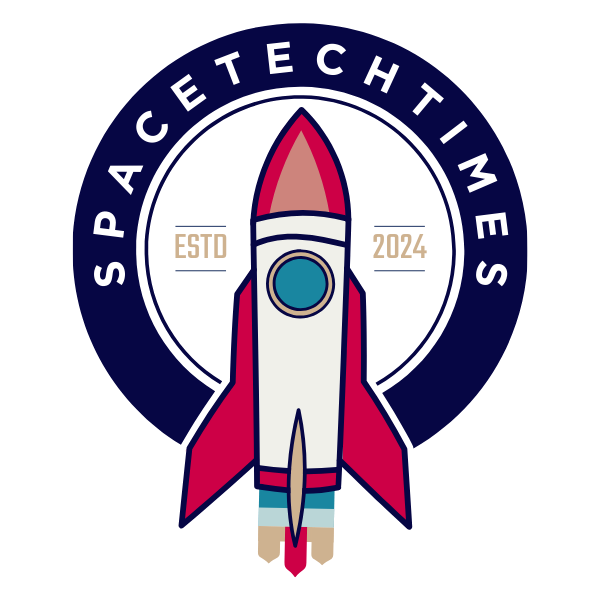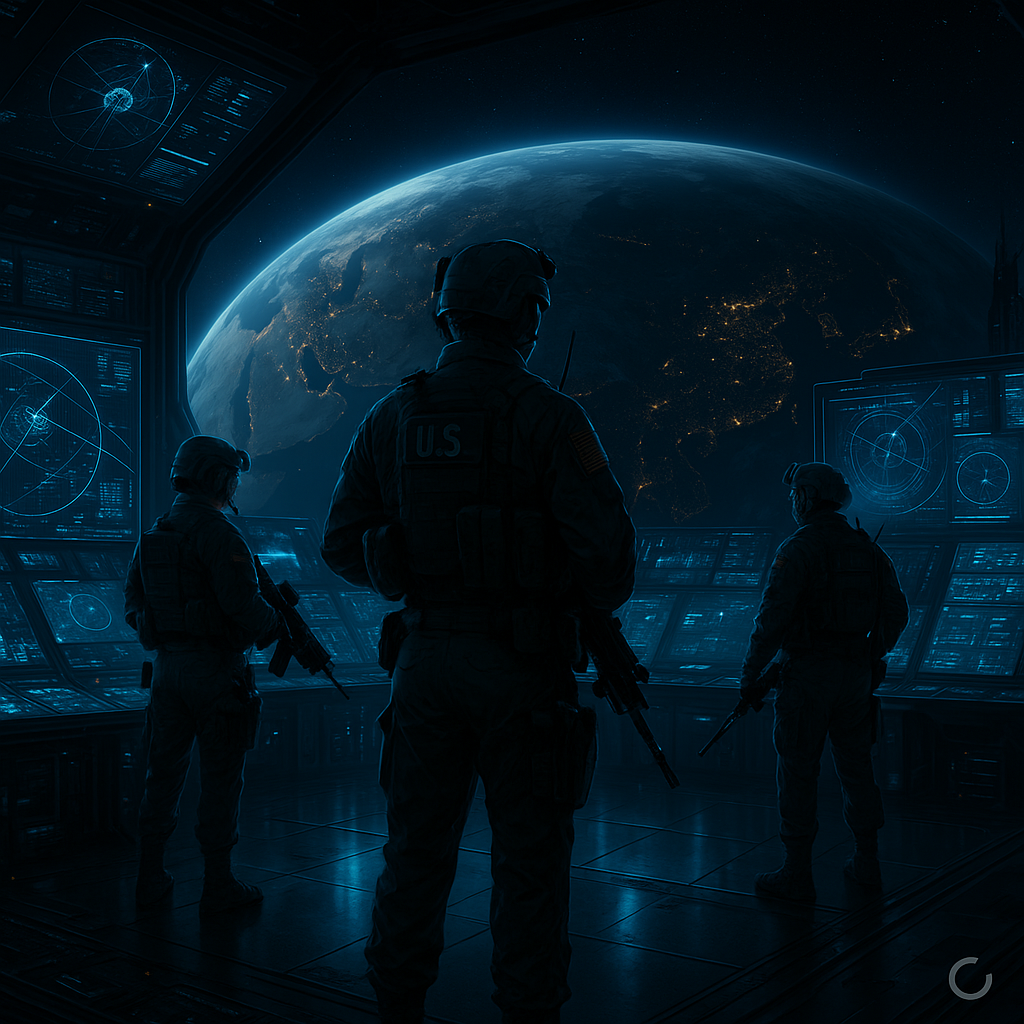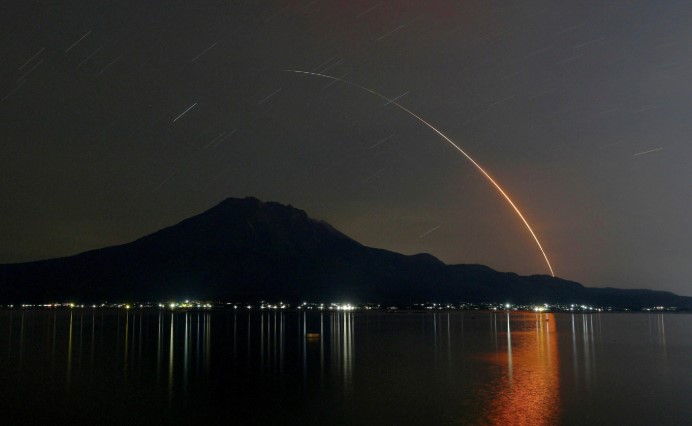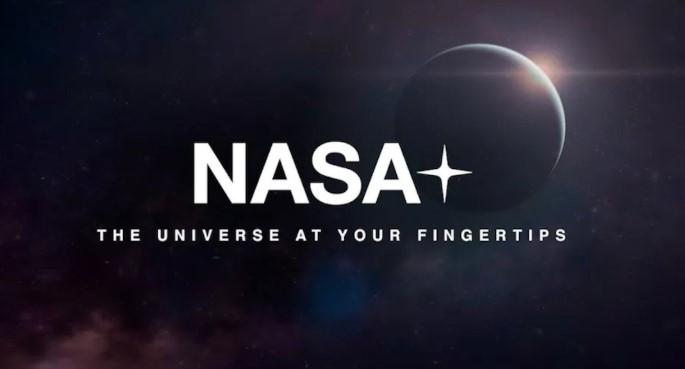June 30 is International Asteroid Day, and what might seem like mere chunks of space rock are actually some of the most fascinating—and possibly dangerous—objects in our solar system. This global awareness day is not just for science lovers or space geeks. It’s a worldwide call to action reminding humanity that asteroids are ancient relics, planetary messengers, and potential threats all rolled into one.
So why the global spotlight on these rocky wanderers? Let’s dive into the mystery, danger, and awe that surround these celestial bodies.
🌌 What Exactly Are Asteroids?
Asteroids are the leftover building blocks from the formation of our solar system more than 4.6 billion years ago. These rocky fragments never formed into planets and have been floating in space ever since. Most of them reside in the main asteroid belt between Mars and Jupiter, but some—called Near-Earth Objects (NEOs)—travel much closer to home.
Asteroids can vary dramatically in size. Some stretch over 500 kilometers (329 miles) in diameter, while others are no bigger than a car. But don’t let their size fool you—these rocks can be deadly. Even an asteroid just a few meters wide can pack the explosive power of a nuclear bomb if it enters Earth’s atmosphere at high speed.
🔬 Why Do Scientists Study Them?
To scientists, asteroids are cosmic time capsules. They’ve remained mostly unchanged since the solar system’s birth, making them perfect subjects for understanding how planets—and even life—came to be.
In 2023, NASA’s OSIRIS-REx mission delivered a sample from asteroid Bennu, a carbon-rich object believed to hold organic compounds. Scientists hope this sample can help answer a massive question: Did asteroids deliver the ingredients for life to Earth billions of years ago?
Bennu isn’t just a rock—it could be a missing chapter in our origin story.
Another NASA mission, Lucy, launched in 2021, aims to explore Trojan asteroids that share Jupiter’s orbit. These ancient objects might contain secrets about the early solar system that no other mission has yet uncovered. Lucy is the first mission of its kind, named after the famous hominid fossil “Lucy” that reshaped our understanding of human evolution. Could this space-bound Lucy do the same for cosmic evolution?
Pixxel Space’s Astonishing Plans: Mapping the Moon and Asteroids for Future Space Settlements
☄️ Could an Asteroid Hit Earth?
The short answer is: yes, but not likely anytime soon.
NASA’s Planetary Defense Coordination Office keeps a close eye on thousands of asteroids that come close to Earth. While a catastrophic impact is extremely unlikely in the next century, smaller asteroids collide with Earth’s atmosphere a few times every year. These typically burn up before reaching the ground, but the agency takes no chances.
In 2022, NASA conducted a historic test called DART (Double Asteroid Redirection Test), successfully changing the trajectory of a small asteroid in space. It was humanity’s first real experiment in planetary defense—and it worked. For the first time, we demonstrated that we could defend Earth if needed.
Still, experts stress that vigilance is critical. A surprise asteroid—like the one that exploded over Chelyabinsk, Russia, in 2013—can cause widespread damage and panic, even if it doesn’t result in fatalities.
🛰️ NASA’s Tech Arsenal: Watching the Skies
NASA uses a combination of space telescopes, radar systems, and sky surveys to identify and track asteroids. Their “Eyes on Asteroids” app lets the public view a real-time simulation of all known NEOs and comets.
Each discovery adds to a growing catalog of over 32,000 NEOs, constantly updated as astronomers scan the night skies. If one gets too close, alert systems can notify agencies worldwide—sometimes years in advance.
Still, scientists admit the challenge isn’t just detection. Many asteroids are dark and small, and only visible when sunlight hits them at the right angle. That means some could sneak up on us before we even know they exist.
🌍 Why International Asteroid Day Matters
Established by the United Nations, International Asteroid Day is more than just an observance. It’s a global wake-up call. The day commemorates the Tunguska event, when an asteroid leveled 800 square miles of Siberian forest in 1908. If that asteroid had hit a populated area, it would have been a mass-casualty disaster.
The aim is to raise awareness about the importance of funding asteroid detection programs, international cooperation in space, and rapid-response systems. It’s about being prepared, not panicked.
🌠 More Than Just Rocks
Asteroids are not just threats or relics. They’re also resources. Some are rich in precious metals like platinum and nickel, and space mining could be a trillion-dollar industry in the next century. Others could provide water and fuel for deep-space missions, acting as cosmic gas stations.
And let’s not forget their role in inspiring awe and curiosity. Every mission to study them brings stunning images and data, reminding us that the universe is still full of secrets.
🎯 Final Word: Keep Looking Up
So, the next time you hear the word “asteroid,” don’t just think of Hollywood disaster movies. Think of science, survival, and discovery. Think of Bennu’s dust carrying clues to our origins, or Lucy flying past ancient rocks older than Earth itself.
On this International Asteroid Day, take a moment to look up, explore NASA’s resources, and celebrate humanity’s growing ability to understand—and defend—our place in the universe.
Because in a world full of challenges, it’s nice to know we’re also keeping one eye on the stars.




